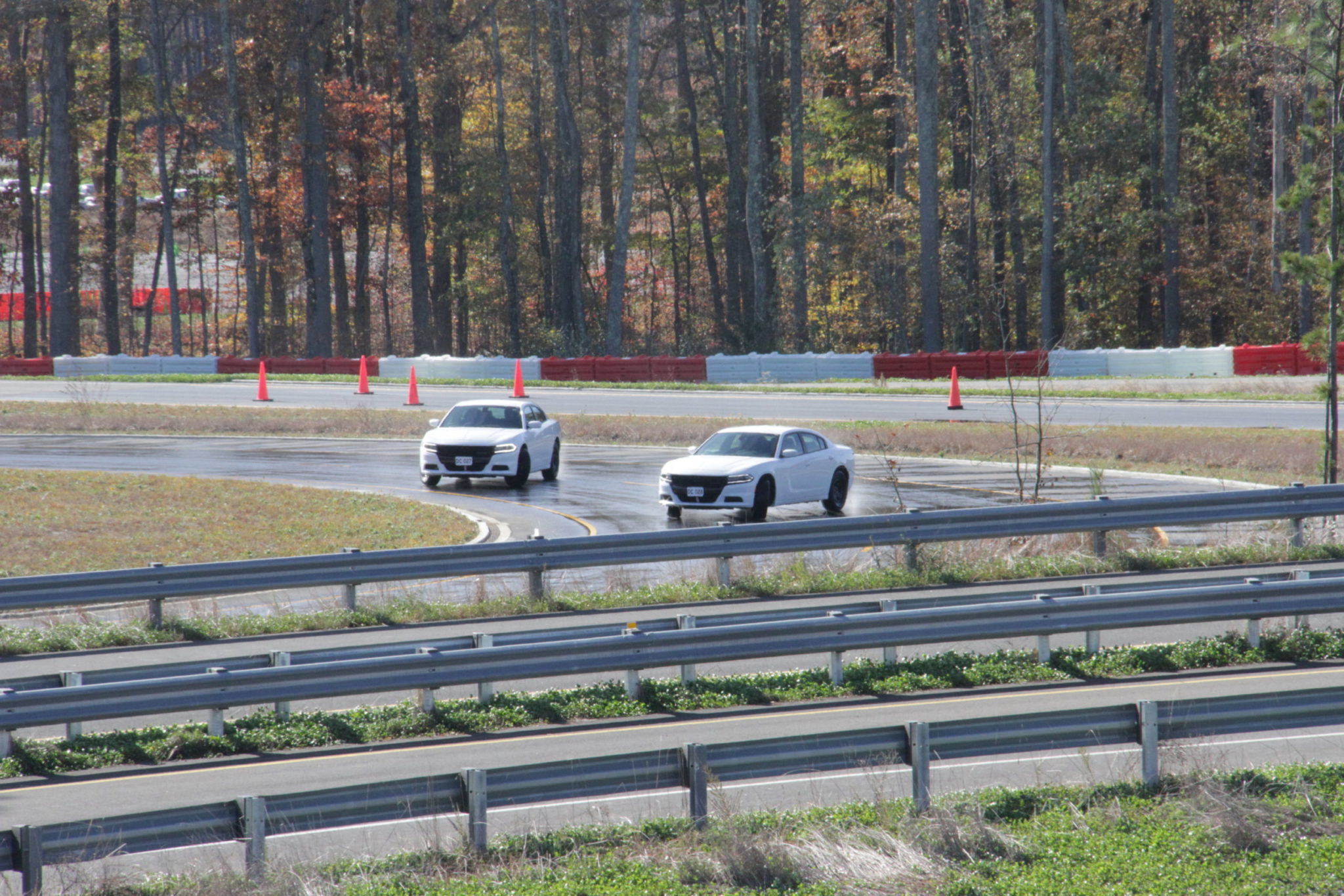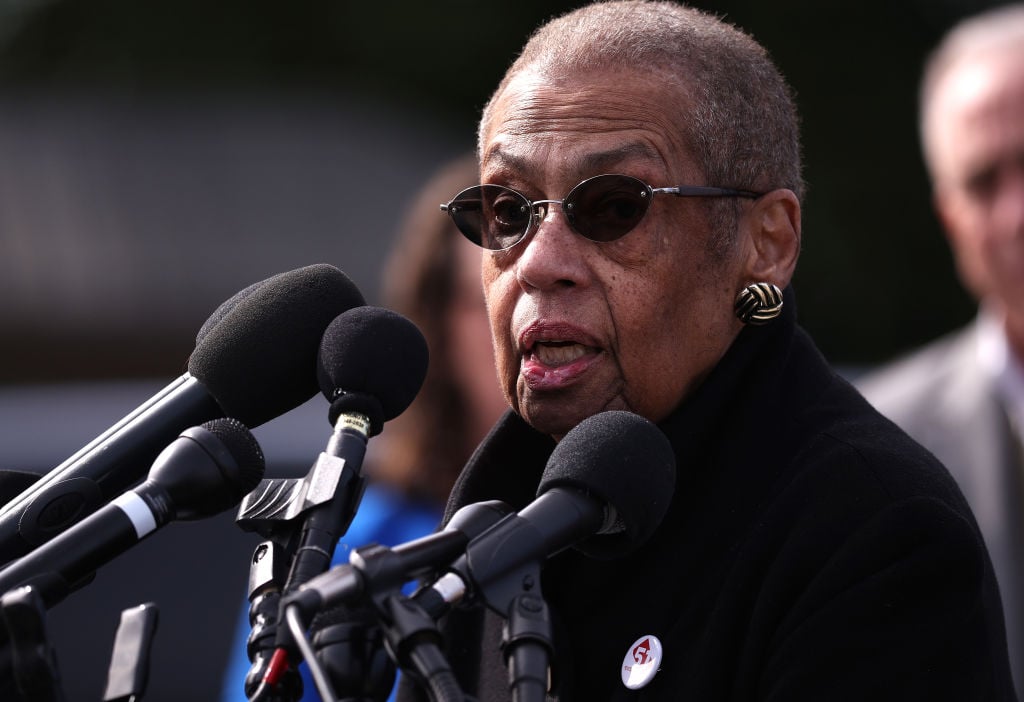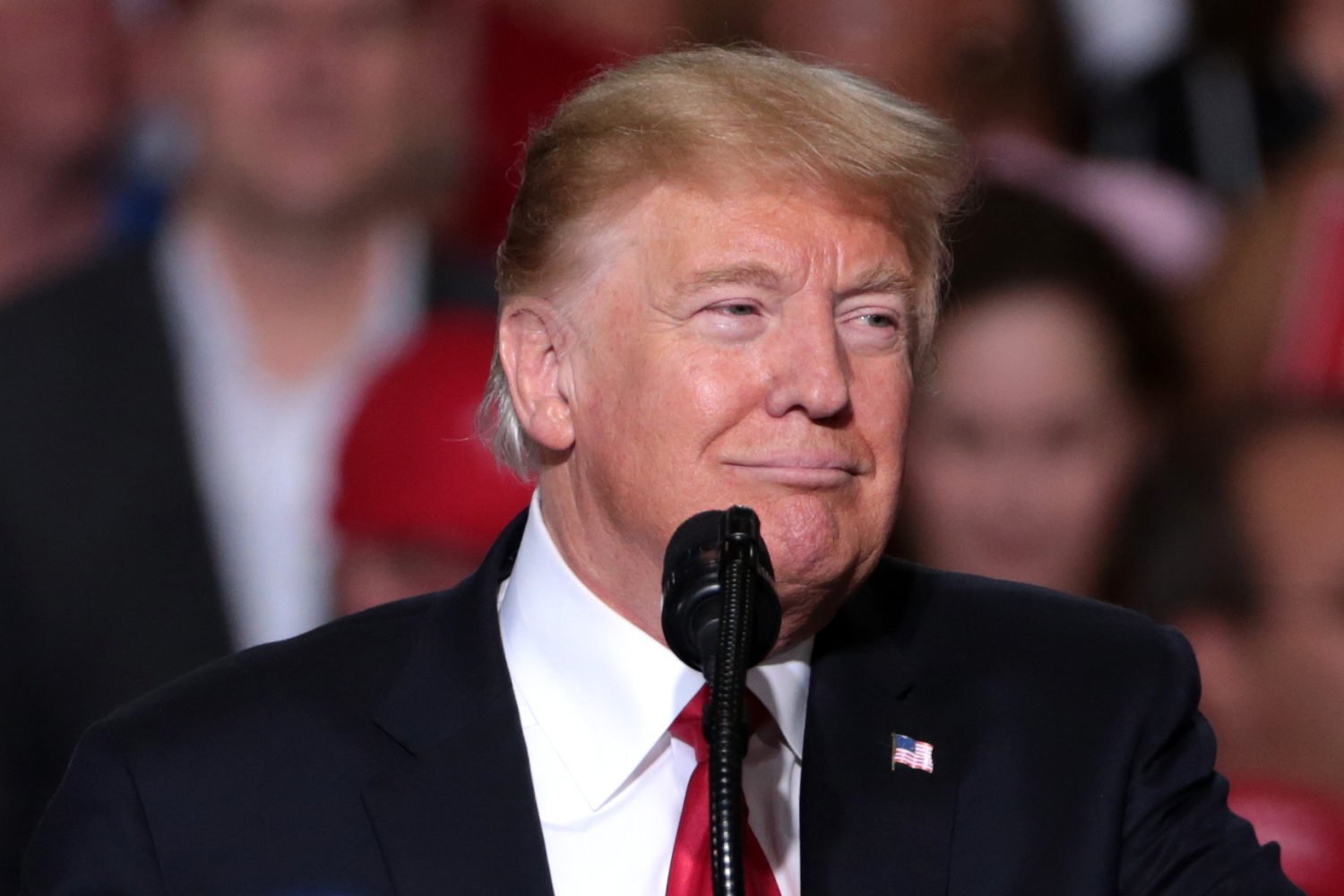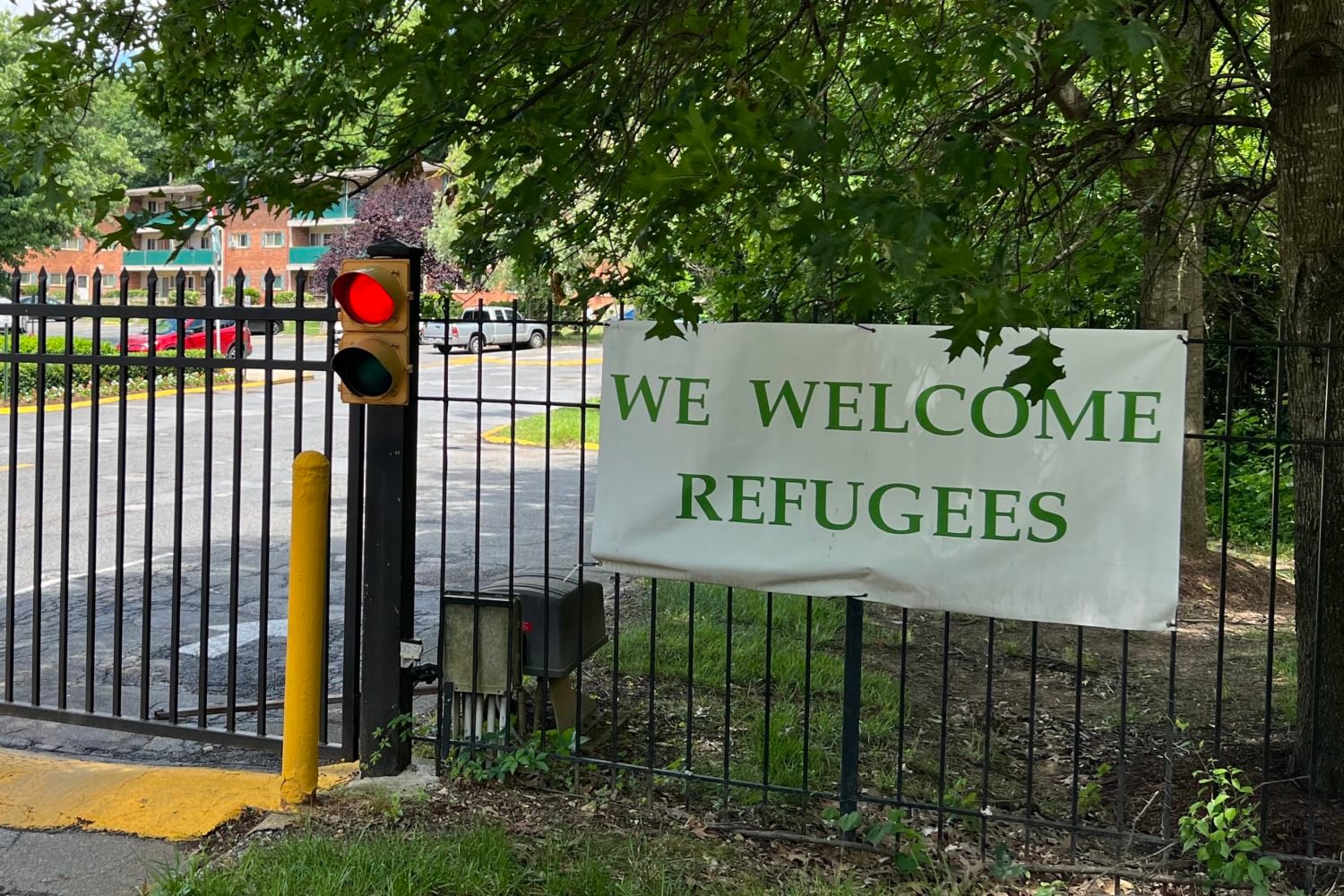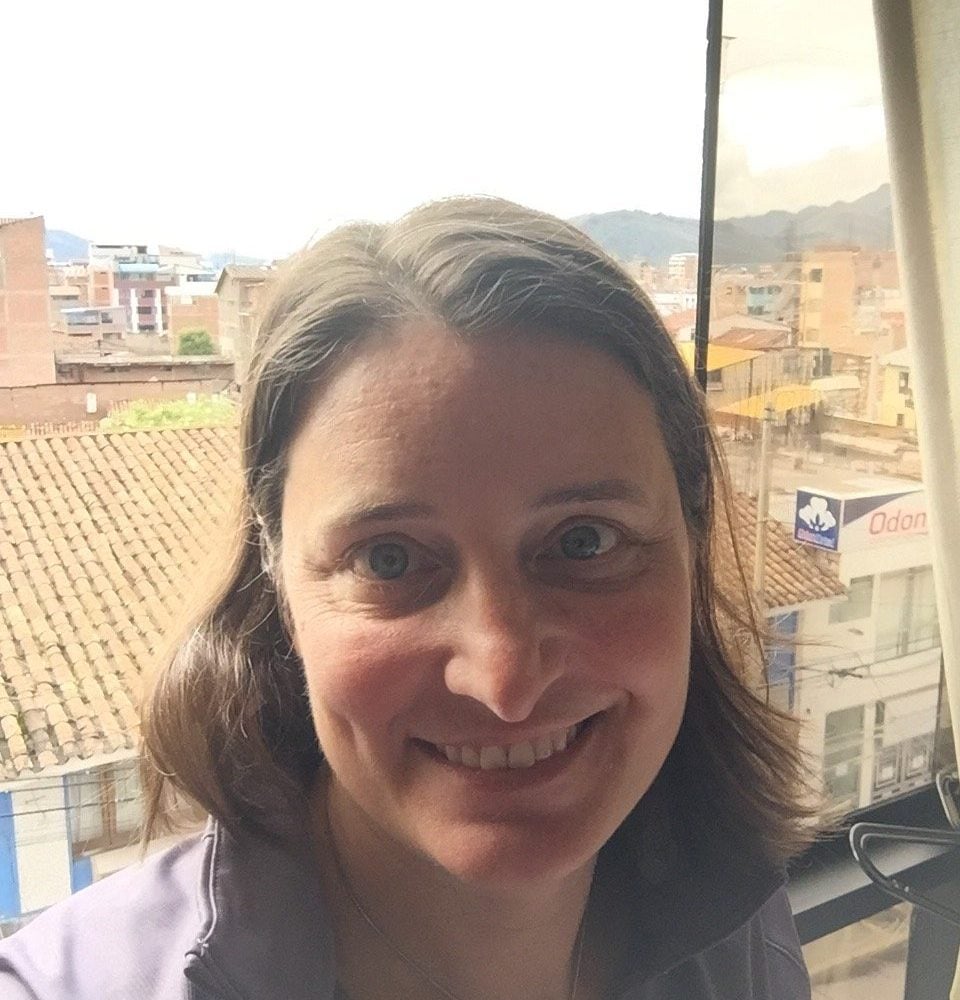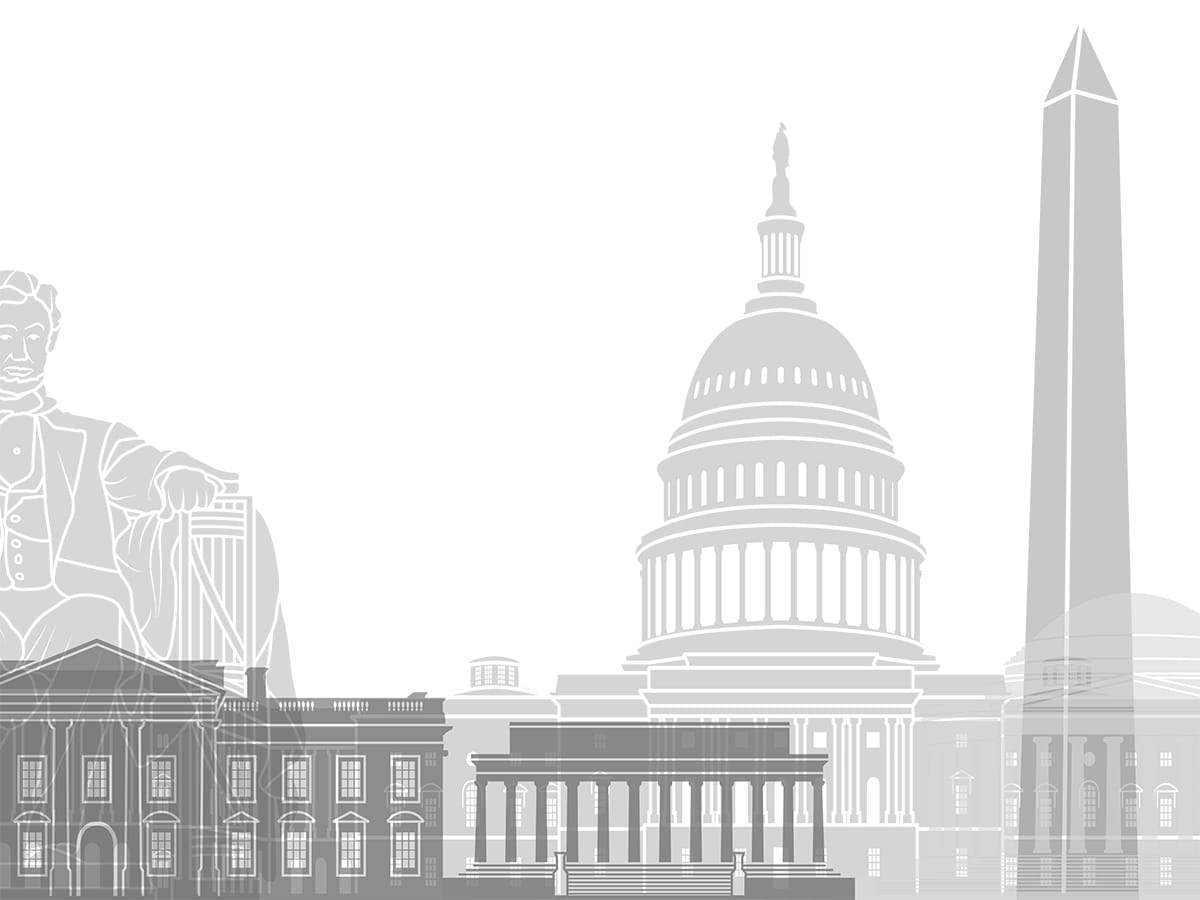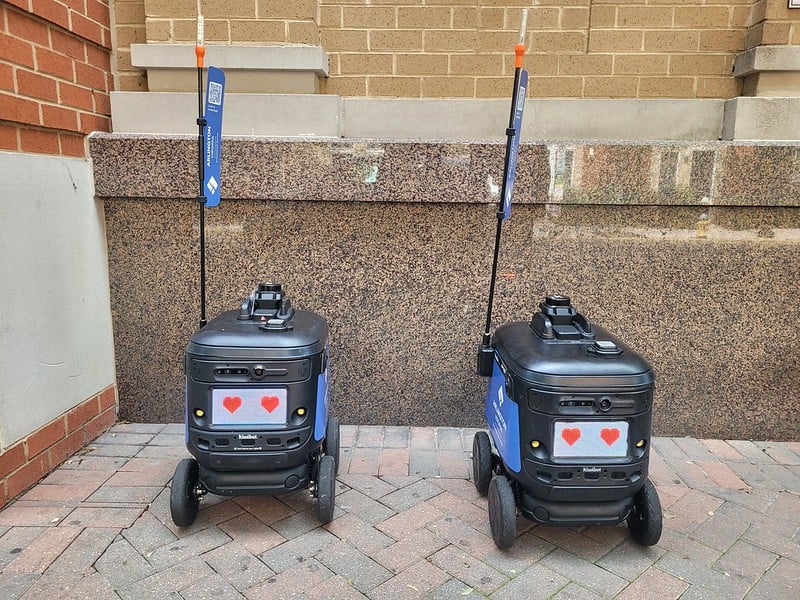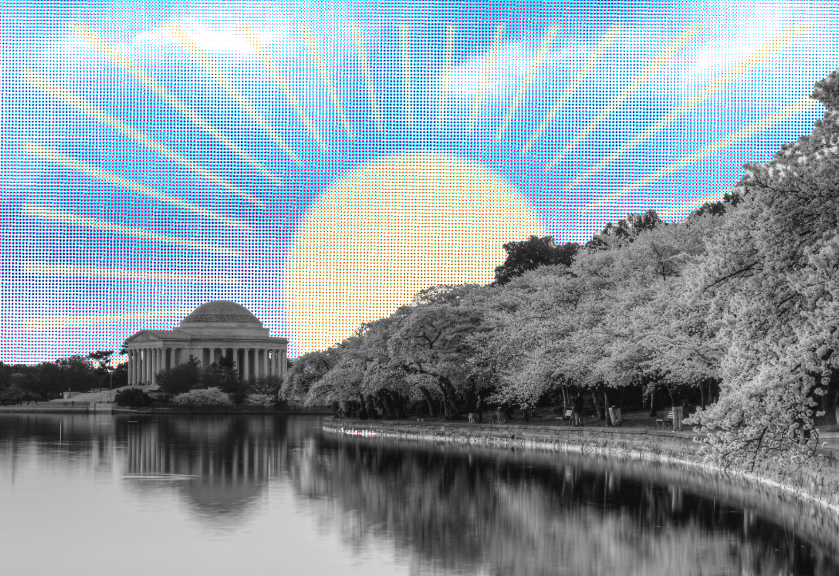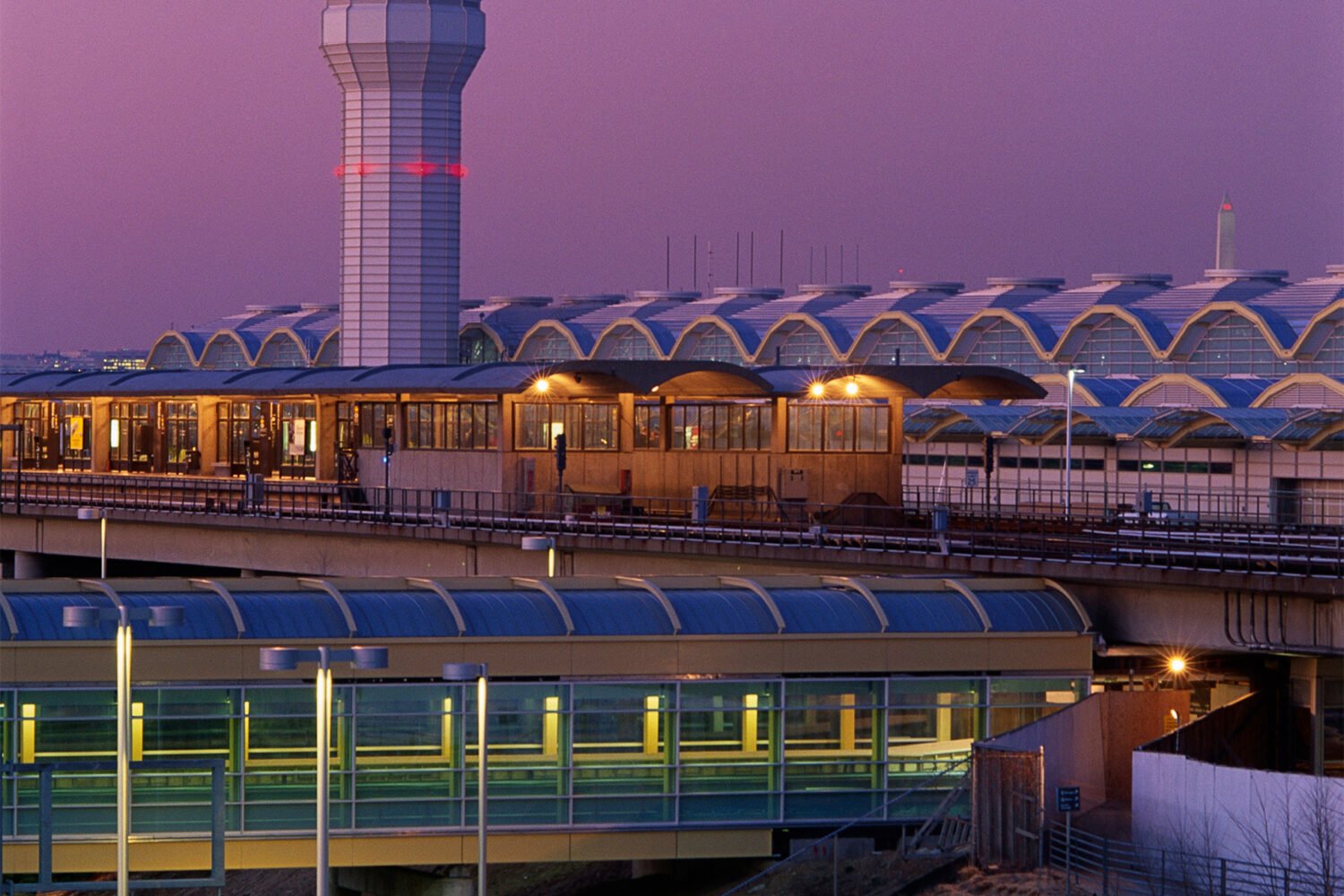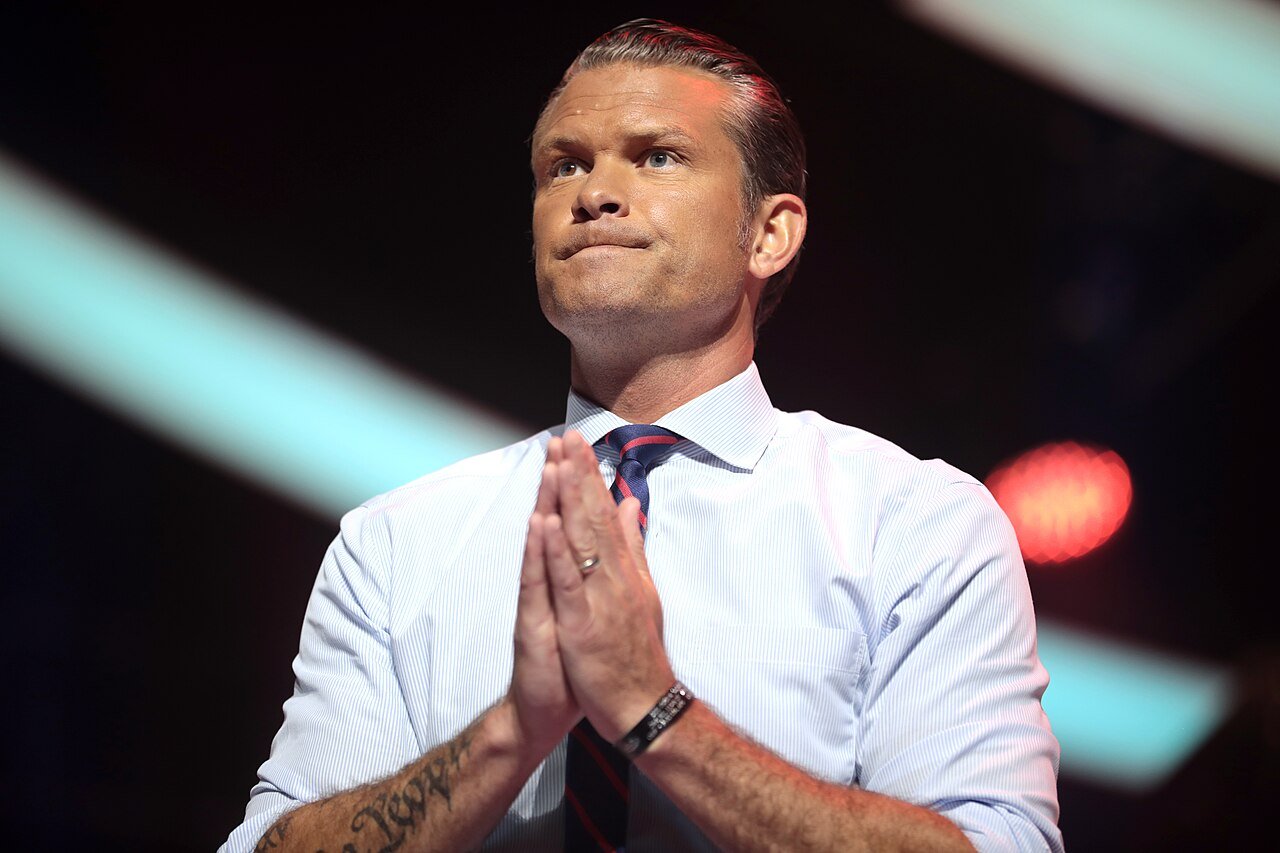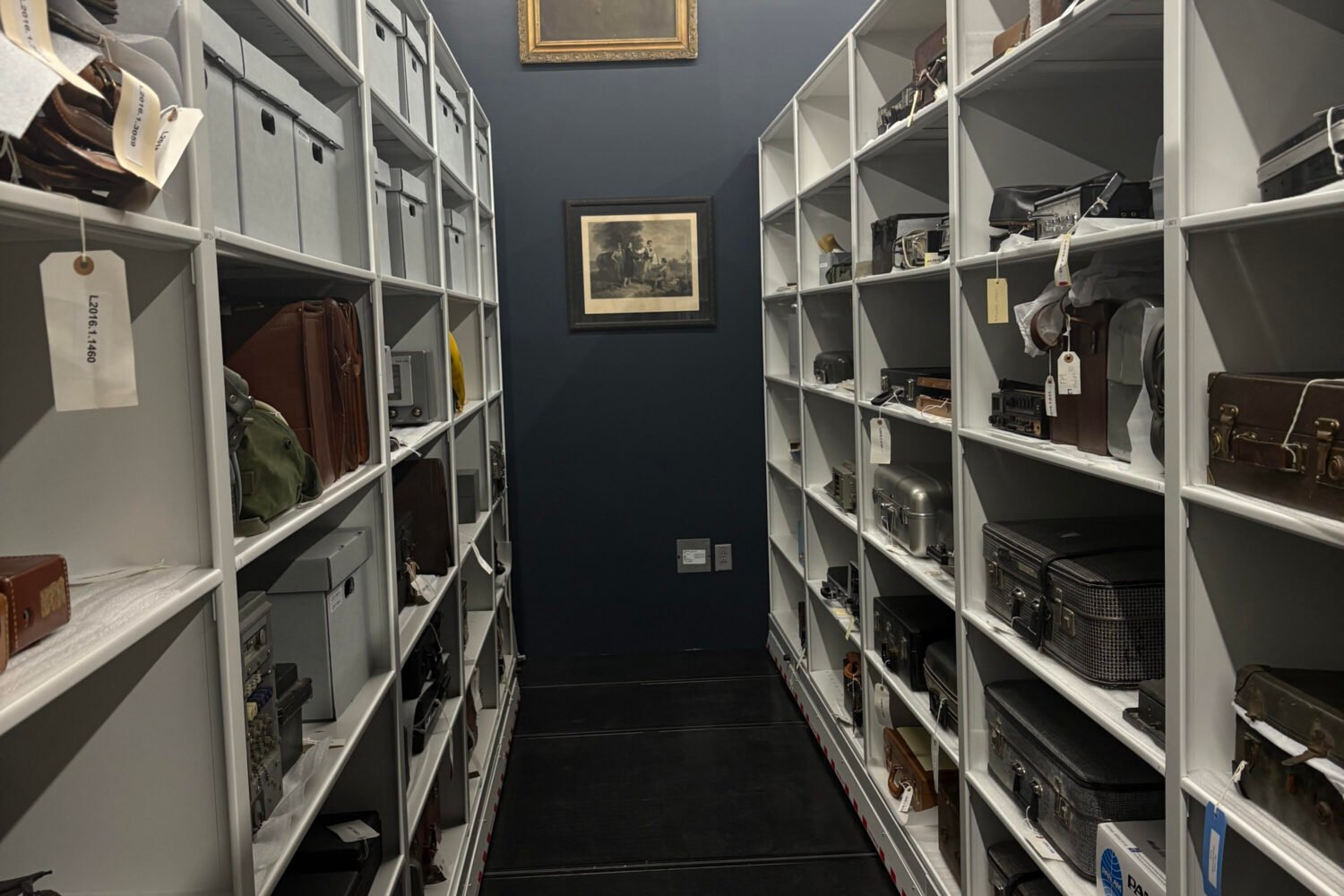The Diplomatic Security Service is essentially the State Department’s police force, protecting American diplomats around the world as well as foreign ones who visit the US. Recently, DSS opened a $426-million, 1,350-acre training facility in Blackstone, Virginia, and I had the opportunity to go check it out—and get a bit of training myself.
Which is how I found myself crawling in a specially designed hut that mimics the conditions of a fire—blinding smoke, too little light, a loud recording of wailing people that was genuinely unsettling. A trainer told me to grab the ankle of the person in front of me so we could get out without losing anyone on our team. Even though it wasn’t real, it was surprisingly hard not to panic.
This exercise was conceived in the wake of the 2012 Benghazi attack that killed the US ambassador to Libya and another State Department employee (along with two other Americans), and the threats that the Blackstone center is meant to counter are significant. This training is crucial, in other words, and not just for DSS: About 10,000 people will learn safety tactics here each year, including Foreign Service family members and press attachés.
The new facility occupies a large campus that includes an elaborate pretend town (complete with a faux embassy) and an obstacle-heavy driving track. The main building is a sleek white box, while the fake village—full of utilitarian gray brick and empty of people—feels like an eerie scene in a postapocalyptic video game. In addition to the trainers, exercises are carried out by actors.
At another point during the day, I got a taste of the driver training—one of the most essential aspects of protecting dignitaries. I wasn’t allowed to steer the Jeep Wrangler, fortunately, but rather was strapped into the back seat behind a no-nonsense pro driver whose casual baseball cap and shades couldn’t hide some serious skills. Soon we were jerking over big stones and piles of dirt. Nobody was shooting at us—that kind of rough stuff is reserved for actual trainees—but it felt pretty extreme. “A lot of time in the real world, you wouldn’t climb up on rocks,” the driver told me. “Unless you had to.”
This article appears in the January 2020 issue of Washingtonian.

